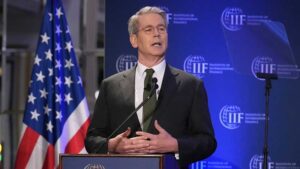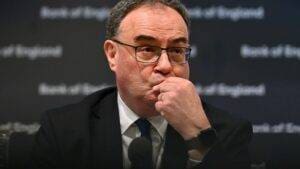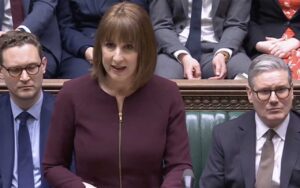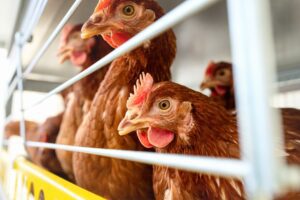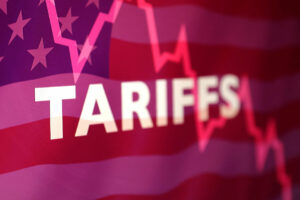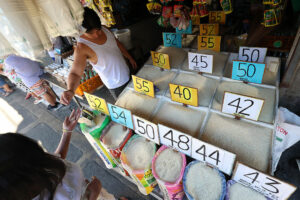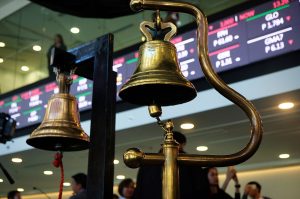THE BANGKO Sentral ng Pilipinas (BSP) has more than enough room to ease rates further as inflation is expected to settle near the lower end of the 2-4% target band this year.
“For as long as inflation remains benign, I think that would give the BSP a lot of scope to keep cutting,” Nomura Global Markets Research analyst Euben Paracuelles said on Money Talks with Cathy Yang on One News.
Nomura expects headline inflation to average 2.2% this year, near the lower end of the central bank’s 2-4% target range.
“To me, that really gives them a lot of flexibility to keep cutting, especially in this environment when there are some external headwinds that are putting some pressure on growth. They could focus on supporting that a little bit.”
Inflation sharply slowed to 1.8% in March, the lowest print in nearly five years. This brought average headline inflation to 2.2% in the first quarter.
The BSP sees inflation averaging 2.3% in 2025 and 3.3% in 2026, pricing in risks.
“I’ve always said that the BSP across the central banks that I follow in the region is among the more orthodox inflation targeters,” Mr. Paracuelles said. “What that means is they’re sticking to this inflation-targeting framework and not really too worried about other things like the currency.”
The Monetary Board earlier this month resumed its easing cycle with a 25-basis-point (bp) rate cut, bringing the key rate to 5.5%.
The central bank had lowered rates by a total of 75 bps in 2024. At its first rate-setting meeting this year, it opted for a pause as it waited to see how global trade uncertainties would unfold.
BSP Governor Eli M. Remolona, Jr. has signaled further rate reductions this year as the benchmark is still “slightly restrictive.” Rate cuts will likely be delivered in “baby steps” or in 25-bp increments, he said.
Mr. Paracuelles also noted the central bank’s other policy tools such as further cuts in the reserve requirement ratio (RRR).
On March 28, the RRR of universal and commercial banks and nonbank financial institutions with quasi-banking functions was reduced by 200 bps to 5% from the current 7%.
The RRR for digital banks was also lowered by 150 bps to 2.5%, while the ratio for thrift lenders was cut by 100 bps to 0%.
Rural and cooperative banks’ RRR has been at zero since October, the last time the BSP cut reserve requirements.
“What that (RRR cut) does is provide a lot of liquidity into the banking system. And as a result, the policy transmission of the rate cuts that are about to come or already have happened become a bit more effective than otherwise would have been the case in the past cycle.”
Meanwhile, Nomura is also sticking to its 5.9% gross domestic product (GDP) forecast this year but flagged heightened uncertainties. This is below the government’s 6-8% growth target for 2025.
“I’d say at the moment, that’s still a reasonable forecast. But of course, we’re noting that uncertainty remains very high, especially on the global trade tensions and US tariff policy,” Mr. Paracuelles said.
“Obviously, that would put the balance of risk to the downside in terms of our growth projections. But the Philippines, in terms of the exposure to external demand is relatively low,” he added.
The Philippines was slapped with a 17% reciprocal tariff, the second lowest in Southeast Asia, after Singapore’s baseline rate of 10%.
“The bigger factor there is really in terms of how much we think the domestic growth engines could fire up and provide some offset to a potential decline in exports… those things are still very much intact, regardless of what’s happened with the tariffs.”
Easing inflation will also provide support to household spending and purchasing power.
“I think domestic demand will become the bigger driver here from a growth standpoint this year,” he added.
First-quarter GDP data will be released on May 8.
In 2024, the economy grew by a revised 5.7% but still short of the government’s 6-6.5% target. — Luisa Maria Jacinta C. Jocson
